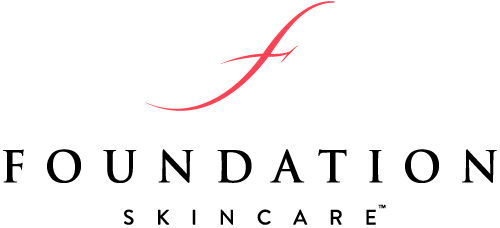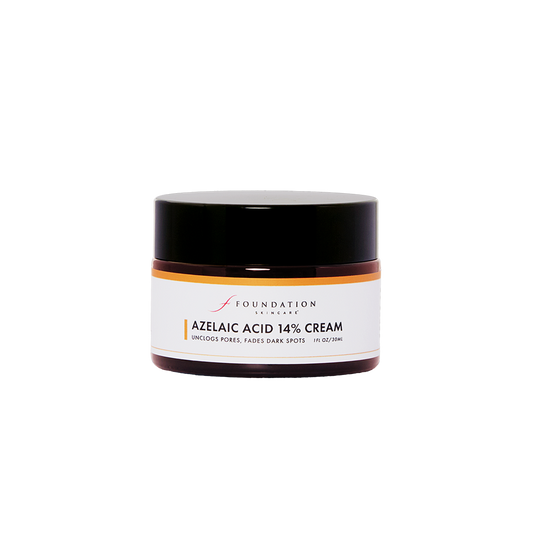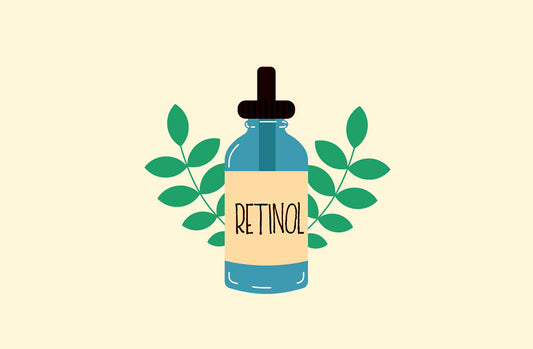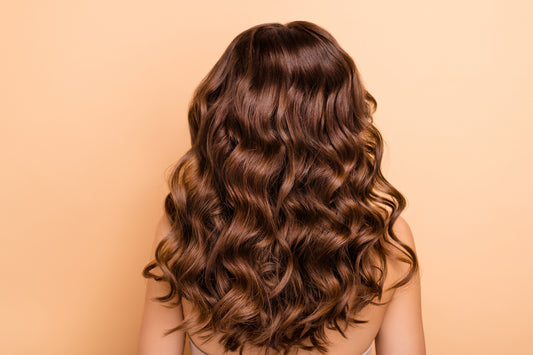Rosacea is an inflammatory skin condition that causes redness and visible blood vessels, typically on the nose and cheeks. It can also cause small, pus-filled bumps on the face, which can resemble acne. According to the American Academy of Dermatology, more than 14 million people are living with rosacea in the U.S., and women are more likely to be affected than men.1
There is no cure for rosacea, but there are ways to reduce its signs and symptoms, including using azelaic acid. Read on to find out what causes this skin condition, how to know if you have it, and how to use azelaic acid for rosacea flare-ups.
What Causes Rosacea & Symptoms
While researchers are unsure what causes rosacea, there are some potential risk factors. The skin condition is more likely to impact women over age 30, especially if they have a family history of rosacea. Some studies also link the skin condition with other autoimmune diseases such as type 1 diabetes, celiac disease, multiple sclerosis, and rheumatoid arthritis.2 Potential triggers for rosacea flare-ups are those that tend to induce inflammation in the body. These may include hot drinks and spicy foods, red wine, temperature extremes, emotions, exercise, and certain medications like those used to treat high blood pressure.3
Symptoms of rosacea vary person to person but may include:
- Persistent facial blushing or flushing, which is more noticeable on light skin
- Visible blood vessels, or spider veins
- Pus-filled bumps resembling acne
- Hot and tender skin
- Dry, irritated, and itchy eyes or eyelids
- Thickening skin, usually around the nose, which is more common in men
What Is Azelaic Acid?
Azelaic acid is a dicarboxylic acid and a natural byproduct of yeast. It can be found in grains like barley, wheat, and rye as well as certain fungi on the skin. Due to its antimicrobial, anti-inflammatory, and antioxidant properties, azelaic acid has been shown to benefit skin conditions like acne, hyperpigmentation, and rosacea.
Azelaic acid works much like benzoyl peroxide and salicylic acid in its ability to unclog pores and exfoliate skin, but it is less abrasive and gentler, making it ideal for sensitive skin. This is especially true if you use a formulation made without a gel base.
Foundation Skincare Azelaic Acid Cream contains an effective 14% concentration of azelaic acid in a water soluble cream formulation. This is the highest concentration you can get without a prescription. Many over-the-counter formulas have a lower concentration, making them much less effective, while prescription-based azelaic acid formulas are made with a gel base, which can be drying and irritating. Foundation Skincare Azelaic Acid Cream is so gentle it can be used morning and night.
Azelaic Acid 14% Cream
• Brightens skin, fades brown spots
• Unclogs pores, improves skin texture
Main Benefits of Azelaic Acid
From encouraging cell turnover to reducing inflammation, there are many benefits associated with azelaic acid. They include:
- Clears up acne and helps prevent future breakouts: Azelaic acid kills unhealthy bacteria on the skin, unclogs pores, and draws out blackheads and whiteheads due to its keratolytic properties.4 It also decreases the production of keratin, which can lead to the development of acne.5
- Soothes redness and inflammation: Azelaic acid has potent anti-inflammatory effects, which helps to reduce redness and swelling caused by rosacea.6
- Repairs damaged skin: By slowing down the production of skin protein and stimulating collagen, azelaic acid promotes cell turnover to repair damaged skin and improve skin texture.7
- Brightens skin and improves uneven skin tone: Azelaic acid inhibits tyrosinase, an enzyme associated with melanin production.This effectively lightens skin while diminishing the appearance of hyperpigmentation.8
Is Azelaic Acid Best For Rosacea?
Azelaic acid is a potent formula for rosacea due to its anti-inflammatory, antimicrobial, and skin-brightening properties. Studies show azelaic acid is so effective and safe, it should be considered a “first-line topical therapeutic option” in patients with mild-to-moderate papulopustular rosacea.9 Significant improvement in the number of inflammatory lesions has been shown in a period of 15 weeks. However, other users report seeing results in as little as four to six weeks, though patients with rosacea should consider using azelaic acid long term.10
Azelaic acid has also been found to be more effective in treating rosacea compared to other treatments, such as metronidazole gel. In one study, azelaic acid reduced more inflammatory lesions than metronidazole gel and showed continual improvement over 15 weeks while the effects of metronidazole gel plateaued after just eight weeks.11
How It Works & How To Use It
When using Foundation Skincare Azelaic Acid Cream, follow these steps for the best results:
- Apply a pea-sized amount of the product twice a day after using a gentle cleanser.
- Allow the skin to absorb the product, especially in the most affected areas, before applying moisturizer.
- Protect skin by applying a sunscreen with an SPF of 30 or higher.
- Avoid using it on your eyes, lips, and mouth.
- Plan to use the product long-term.
Foundation Skincare Azelaic Acid Cream also pairs nicely with other products like our Niacinamide Lotion 10%, which calms skin and contributes to DNA repair. It can also be used with our Hyaluronic Acid Lotion, which hydrates skin and locks in moisture. But you should always use azelaic acid last in your routine (but before SPF).
We may not have a cure for rosacea yet, but with the right products, you can help get your symptoms under control. Learn more about how the Foundation Skincare collection can improve the appearance of your skin and hair without a prescription.
References:
-
https://www.aad.org/public/diseases/rosacea/what-is/causes
-
https://pubmed.ncbi.nlm.nih.gov/26830864/
-
https://www.mayoclinic.org/diseases-conditions/rosacea/symptoms-causes/syc-20353815
-
https://pubchem.ncbi.nlm.nih.gov/compound/Azelaic-acid#section=Absorption-Distribution-and-Excretion
-
https://medlineplus.gov/druginfo/meds/a603020.html
-
https://medlineplus.gov/druginfo/meds/a603020.html
-
https://pubmed.ncbi.nlm.nih.gov/23278893/
-
https://link.springer.com/article/10.1007/bf00372617
-
https://pubmed.ncbi.nlm.nih.gov/18803456/
-
https://www.self.com/story/azelaic-acid-acne-redness
-
https://jamanetwork.com/journals/jamadermatology/fullarticle/479570





